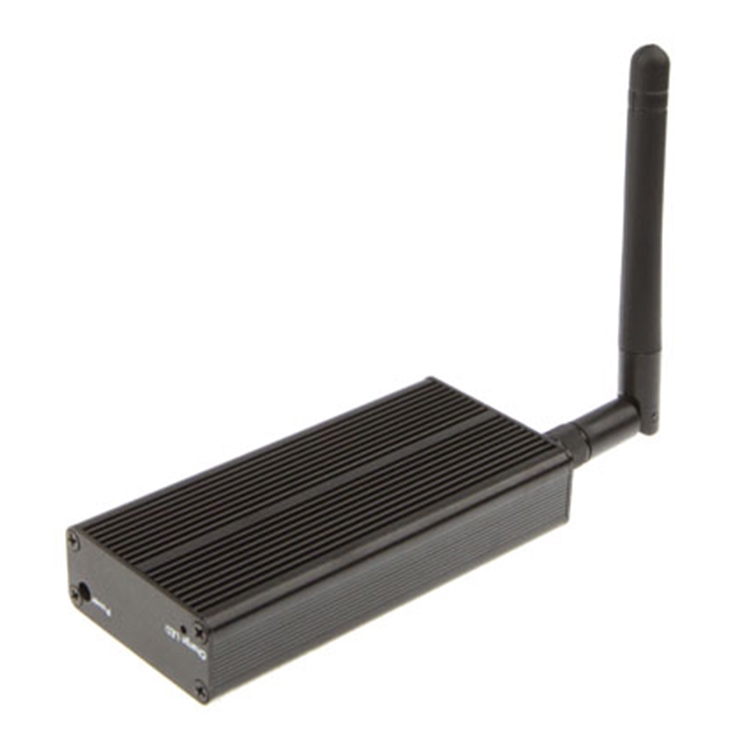WiFi Technology and Its Many Implications
In an era where digital connectivity pervades everyday life, the emergence of thru-the-wall surveillance using WiFi technology has sparked significant concerns regarding privacy and security. This article delves into the methods, effects, and potential dangers associated with such surveillance techniques, while exploring strategies to mitigate their impact.
Understanding Thru-the-Wall Surveillance
Thru-the-wall surveillance refers to the practice of using WiFi signals to detect and monitor activities within enclosed spaces, such as buildings or homes, from an external vantage point. This technique leverages the principles of radio frequency propagation, exploiting the ability of WiFi signals to penetrate walls and other solid objects to detect movement, gestures, and even breathing patterns of individuals inside.
Technological Basis and Methods
The effectiveness of thru-the-wall surveillance relies on the sensitivity and resolution of WiFi signals. Modern WiFi devices, including routers and adapters, emit signals that can bounce off surfaces and objects, allowing sophisticated algorithms to analyze the reflected signals for changes caused by human presence. By interpreting these changes, surveillance systems can generate spatial maps or reconstructions of activities occurring on the other side of walls, effectively enabling remote monitoring without physical intrusion.
Implications for Privacy and Security
The proliferation of thru-the-wall surveillance raises profound implications for personal privacy and security. Unlike traditional surveillance methods that require physical access or visual line-of-sight, WiFi-based techniques can operate covertly and from a considerable distance. This capability introduces risks of unauthorized monitoring, compromising individuals’ privacy within their own homes or private spaces. Moreover, the potential misuse of thru-the-wall surveillance technologies could lead to violations of personal freedoms and civil liberties, as well as exacerbate existing concerns over data privacy and digital surveillance practices.
Dangers and Ethical Considerations
The deployment of thru-the-wall surveillance technologies poses several dangers and ethical dilemmas. From a security standpoint, the ability to monitor activities behind closed doors raises concerns about vulnerabilities in physical security measures. Malicious actors could exploit such vulnerabilities for criminal activities, including burglary or espionage. Ethically, the indiscriminate use of thru-the-wall surveillance without adequate safeguards could infringe upon individuals’ rights to privacy and autonomy, undermining trust in technology and institutions responsible for safeguarding public welfare.
Mitigation Strategies and Technical Solutions
Addressing the risks associated with thru-the-wall surveillance requires a multi-faceted approach involving technical solutions, regulatory frameworks, and public awareness initiatives. Technologically, advancements in signal encryption, signal obfuscation, and signal interference techniques can mitigate the effectiveness of WiFi-based surveillance methods. For instance, the development of WiFi jammers or signal blockers can disrupt the continuity and integrity of WiFi signals, thereby thwarting attempts to collect actionable data from thru-the-wall surveillance.
Regulatory and Policy Frameworks
Effective regulation and policy frameworks play a crucial role in managing the deployment and use of thru-the-wall surveillance technologies. Government agencies and legislative bodies must establish clear guidelines regarding the permissible uses of surveillance technologies, ensuring adherence to principles of transparency, accountability, and proportionality. Additionally, stakeholders in the technology industry, including manufacturers and developers, have a responsibility to prioritize user privacy and security in the design and deployment of WiFi-enabled devices and systems.
The Future Outlook and Conclusion
Looking ahead, the evolution of thru-the-wall surveillance technologies is expected to continue alongside advancements in WiFi technology and data analytics. As society navigates the complexities of digital privacy and security, ongoing dialogue and collaboration among stakeholders—from policymakers and technology innovators to civil rights advocates and consumers—will be essential in shaping responsible practices and safeguarding fundamental rights. By fostering a proactive approach to mitigating the risks associated with thru-the-wall surveillance, we can uphold privacy norms, preserve individual freedoms, and promote a secure digital environment for all.

